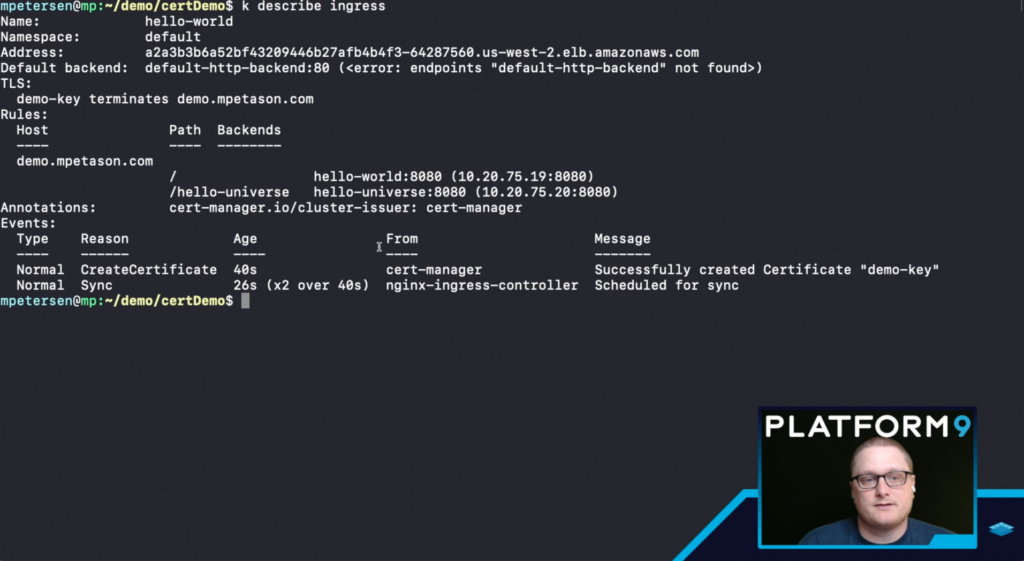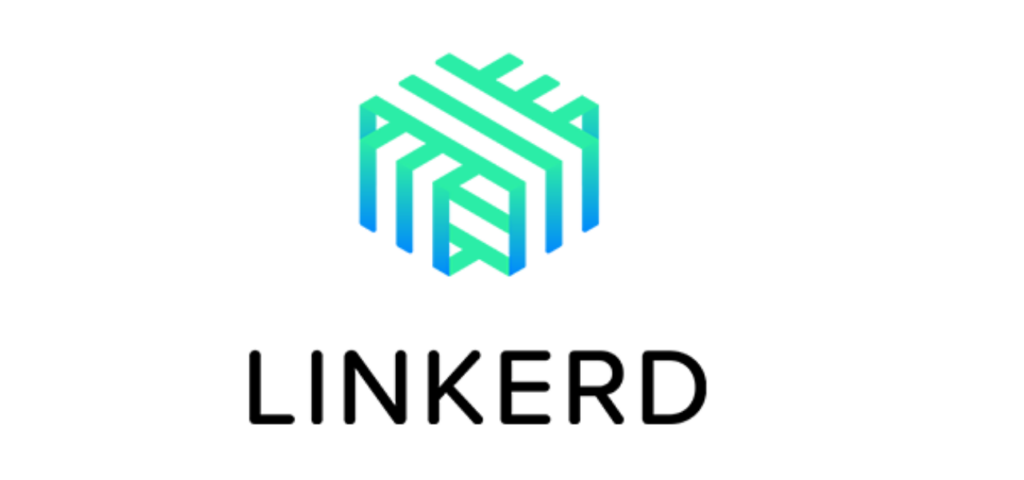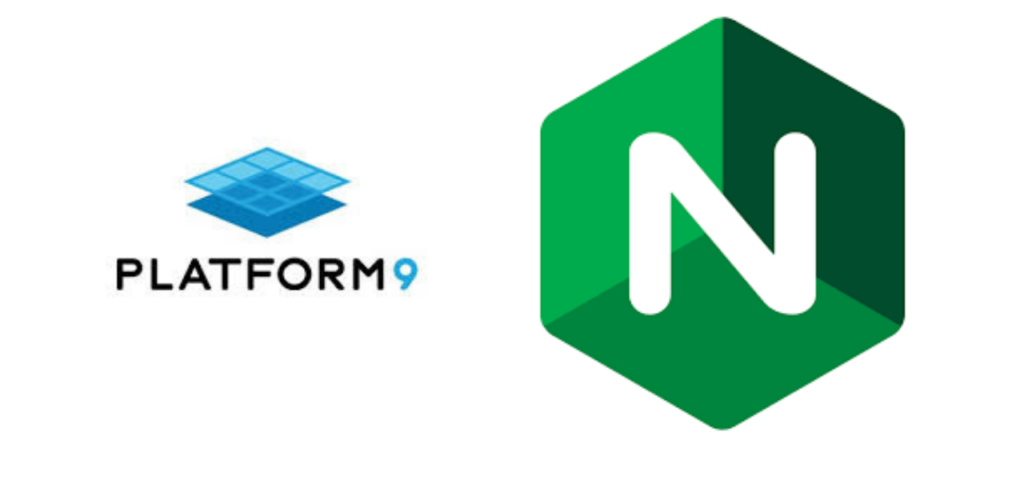Calico Zero Trust Networking on Platform9
What Is Zero Trust Networking and Why is it Important? What is a Zero Trust Network? Zero Trust Networking is an approach to network security that adopts a posture where the network is always assumed to be a hostile place in a company. This posture makes us go back in time when we have DMZ […]













